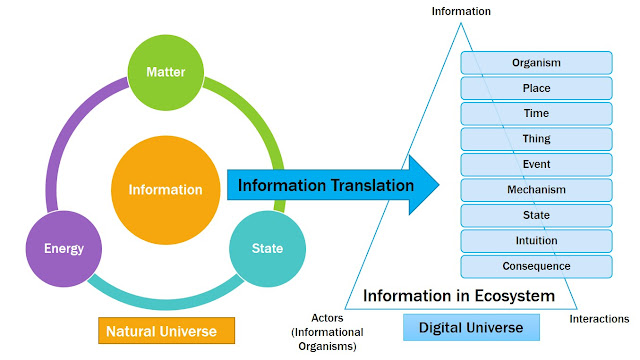AI-enabled Intelligent Enterprise: AI Co-pilots
AI-enabled Intelligent Enterprise
There is an increasing interest in Artificial Intelligence (AI) systems for decision making, productivity gain, better quality products and services etc. There is a fear or assumption that AI systems will replace human. We should not assume that AI systems will replace humans, rather we can look at them as our agent or assistants. Human is the "Principal" who delegates the tasks to the AI system that is called an "Agent". Thus, there is a principal-agent relationship (delegation) between the human and AI system.
AI Co-pilot
There are several facets of AI systems, in particular the AI co-pilot system that can assist humans for carrying out tasks on their behalf. These AI co-pilots can be embedded across the enterprise value chain. This article discusses the AI-enabled intelligent enterprise and the applicability of AI co-pilots across the connected core value chain of (1) strategy, (2) architecture, (3) development and (4) operations. The end game is the operations. Operations can be traced back to development (DevOps), architecture (ArcOps) and strategy (StrOps). This connected value chain provides full observability over the intelligent enterprise. AI co-pilots can be used in other areas of an intelligent enterprise; however, this article mainly discusses the core value chain.
Strategy Co-pilot
AI co-pilot can be used by senior executives and leaders to assist with the strategic analysis, decision making and strategy development. It can also be used for enabling on-going real-time governance, quality assurance, monitoring, and observability from strategy to its implementation in operations (StrOps).
Architecture Co-pilot
AI co-pilot can be used by enterprise, domain and solution architects for collecting and analyzing data, generating architecture artifacts such as business capability map, application catalog, data catalog, decision catalog, application portfolio health and lifecycle assessment, roadmap, investments and implementation plans. It can also be used for enabling architecture to operations (ArcOps) pipeline, implementation governance, architecture assurance, and full-stack observability.
Development Co-pilot
AI co-pilot can be used by software developers for generating development plans, coding, testing, debugging, CI and CD. It can be used for automating tasks across the development to operations (DevOps) pipeline.
Operations Co-pilot
AI co-pilot can be used by operations team for streamlining business and IT operations. It can be used for automating decision making and operational tasks for better quality services, customer and employee experience. Further, it can be used for drafting report, scheduling meetings and responding to emails etc.
Solution Accelerator
Organisations may build and train their own co-pilots or leverage industry solutions. Organisations may start by selecting a pre-configured solution accelerator provided by the industry solution provider (e.g. open-source community or technology vendors), and tailor/train it on business data for specific decision and process automation needs.
Conclusion
This article indicated the need for looking at the possibilities of deploying AI co-pilots across the whole enterprise value chain for optimal benefits rather using an ad-hoc and disjoint approach. There are several technologies and vendors that provide AI co-pilot technology such as AWS, Google, IBM, Microsoft and Salesforce etc. Organisations need to review their enterprise architecture across the value chain, identify the areas where AI co-pilots can be used along risks/feasibility, and then assess and tailor available solution accelerators as appropriate to their operating business and legal context.



Gerçekten faydalı bilgiler içeriyor, teşekkürler.
ReplyDelete